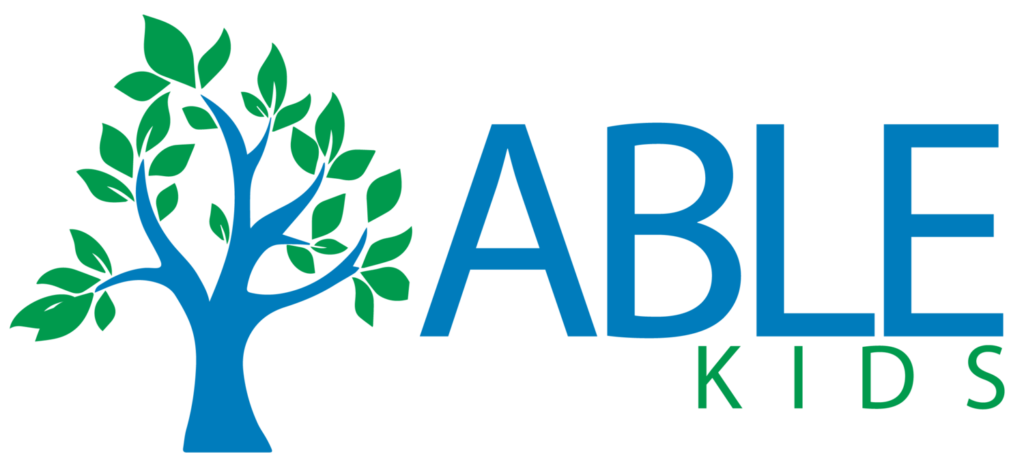Applied Behavior Analysis (ABA) therapy is a widely used therapy for children with autism spectrum disorder (ASD) and other developmental disabilities. One of the key components of ABA therapy is its focus on individualized treatment plans tailored to each child’s unique strengths, challenges, and needs.
By teaching children new skills and helping them replace problem behaviors with more adaptive ones, ABA therapy can enhance their communication, social interactions, independence, and overall functioning. The structured and systematic approach of ABA therapy, combined with the dedication and expertise of trained therapists, can make a significant impact on a child’s development and pave the way for a brighter future.
What is ABA Therapy?
ABA therapy focuses on understanding and improving behavior by analyzing the functions of behaviors and applying evidence-based interventions to help children learn new skills and reduce problem behaviors. It is guided by the principles of behaviorism, which emphasize the importance of environmental factors in shaping behavior, and uses techniques such as positive reinforcement, prompting, and shaping to teach children new behaviors.
The Initial Assessment
The initial assessment in ABA therapy serves a crucial purpose in determining the individualized needs and goals of the client. It allows therapists to gather information about the client’s current skill level, behaviors, and challenges. This assessment typically involves conducting interviews with caregivers, observing the client in different environments, and administering standardized assessments to gather baseline data on the client’s abilities and behaviors.
By collecting data on the client’s behaviors and skills prior to starting therapy, therapists can objectively measure changes and improvements throughout the treatment process. This data-driven approach helps therapists make informed decisions about modifying treatment strategies, setting new goals, and adjusting interventions as needed to best support the client’s progress.
The initial assessment serves as a roadmap for the therapist to create a treatment plan that is tailored to the individual needs of the client and maximizes the chances of successful outcomes.
Creating an Individualized Therapy Plan
After an initial assessment is completed, ABA therapists analyze the data to identify the specific behaviors that need to be addressed and determine the underlying causes of those behaviors. Based on this analysis, therapists develop measurable goals and objectives that are tailored to the individual’s needs and abilities. These goals are specific, measurable, achievable, relevant, and time-bound (SMART), providing a clear roadmap for monitoring progress and making adjustments as needed.
Whether the goal is to improve communication, social skills, academic performance, or daily living skills, ABA therapists use evidence-based techniques to help individuals reach their full potential.
Implementing ABA Therapy Techniques
Implementing ABA therapy techniques involves utilizing principles of behaviorism to teach and reinforce desired behaviors and reduce unwanted behaviors.
- Discrete Trial Training (DTT) – DTT involves breaking down complex skills into smaller, more manageable tasks that are repeated systematically to promote learning and skill acquisition.
- Natural Environment Teaching (NET) – NET involves teaching skills in the natural environment where they will be most useful, providing individuals with ample opportunities to practice and generalize their learned behaviors. This promotes greater independence and flexibility in real-world scenarios.
- Pivotal Response Training (PRT) – PFT focuses on motivating the child to engage in learning opportunities, rather than using traditional discrete-trial methods. By incorporating naturalistic teaching strategies, such as incorporating the child’s interests and preferences into sessions, PRT helps to improve the child’s motivation and engagement in learning tasks.
Another key technique is positive reinforcement. This involves providing a reward or praise for a desired behavior, which increases the likelihood that the behavior will be repeated in the future. This technique has been shown to be effective in promoting positive behaviors and reducing challenging behaviors in individuals with autism.
Data Collection and Monitoring Progress
Data collection is a crucial component of ABA therapy. It involves the systematic gathering and recording of information about a client’s behavior and the environmental factors that may influence it. This data is essential for understanding the patterns and trends in behavior, evaluating progress, and making informed decisions about treatment strategies.
One of the key reasons why data collection is so important in ABA therapy is that it allows therapists to measure the effectiveness of interventions and make data-driven decisions. By collecting data on a client’s behavior before, during, and after implementing a specific intervention, therapists can determine whether the intervention is producing the desired results.
Family Involvement and Support
Family members play a crucial role in the therapy process as they are able to provide valuable insights into the child’s behaviors and preferences and can also support the generalization of skills learned in therapy to real-life settings.
ABA therapists can provide training to family members to help them understand the principles of ABA and how to implement strategies at home to support their loved ones.
Designed to Help Children Thrive
Overall, the ABA therapy process is a systematic and evidence-based approach to improving behaviors and skills for individuals with ASD. One of the key reasons for its success is its adaptability. ABA therapists are trained to adjust their strategies and interventions based on the unique needs and characteristics of each individual. This flexibility allows them to tailor the treatment to the specific goals and objectives of the individual, ensuring that they are able to make progress and achieve success in their therapy.
ABA therapy is also inherently goal-oriented, with clear and measurable objectives guiding the treatment process. Goals are established based on the individual’s strengths, needs, and preferences, and are regularly monitored and adjusted as progress is made.
With its adaptability and goal-oriented approach, ABA Therapy is uniquely designed to help children thrive by building essential life skills. If you think your child may need ABA Therapy, reach out to our staff at ABLE Kids today for more information or to schedule an initial assessment.
